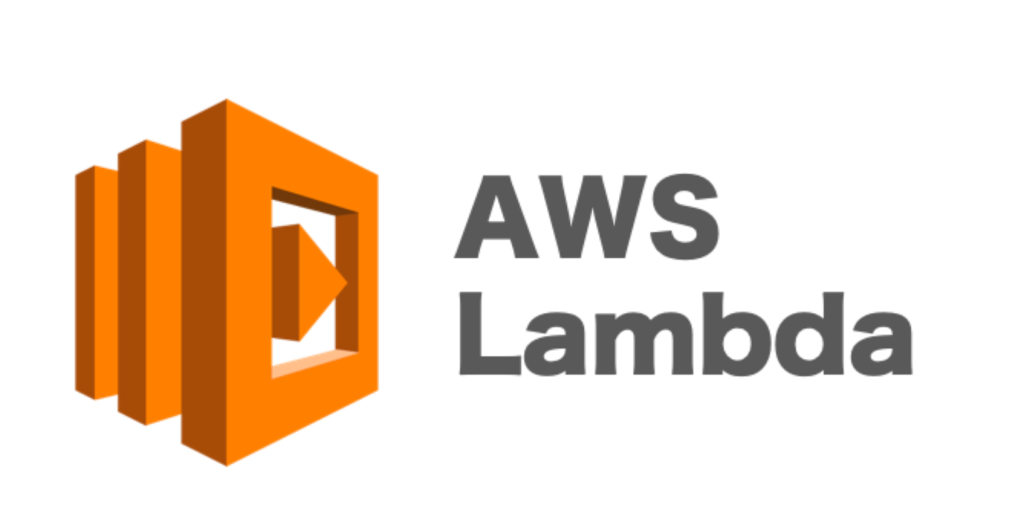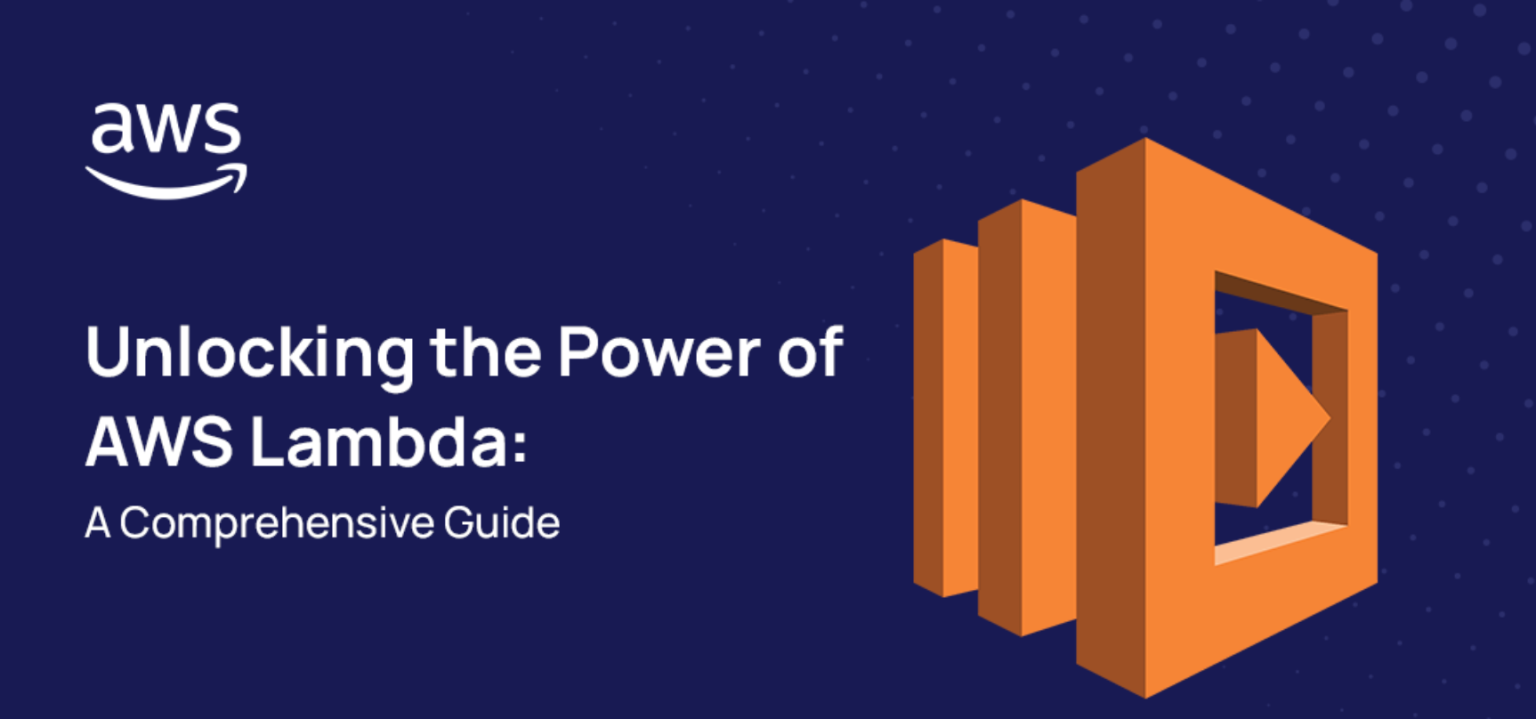AWS Lambda is a computing service offered by Amazon Web Services (AWS) that lets you run your code without the need to provision or manage servers. It is a fully managed service that automatically scales and provisions the required infrastructure to execute your code in response to events. With AWS Lambda, you can focus on writing code and developing your application logic, while AWS takes care of the underlying infrastructure, scaling, and availability.
Here we will explore the intricacies of AWS Lambda, its benefits, use cases, and how you can leverage this powerful service to build scalable and efficient applications in the cloud. Whether you are a beginner or an experienced developer, this guide will provide you with the knowledge and tools necessary to excel in serverless computing using AWS Lambda.
Benefits of AWS Lambda
AWS Lambda offers several benefits that make it an attractive choice for developers and organizations.
1. No server management
With AWS Lambda, you don’t need to worry about provisioning, managing, or scaling servers. AWS handles the infrastructure for you, allowing you to focus on writing code and building applications.
2. Pay per execution
AWS Lambda follows a pay-per-use pricing model. You are only billed for the actual compute time consumed by your functions, without any charges for idle resources.
3. Automatic scaling
AWS Lambda automatically scales your functions based on the incoming request volume. It can scale from a few requests per day to thousands of requests per second, ensuring high availability and performance.
4. Event-driven architecture
AWS Lambda is designed to work in an event-driven manner. It can respond to events from various AWS services, such as file uploads, database changes, or API calls. This makes it a great fit for building serverless architectures and microservices.
5. Integration with the AWS ecosystem
AWS Lambda seamlessly integrates with other AWS services, such as Amazon S3, Amazon DynamoDB, Amazon SQS, and more. This allows you to build powerful serverless applications that leverage the full capabilities of the AWS ecosystem.
Use Cases of AWS Lambda
AWS Lambda can be used in a wide range of scenarios and use cases. Here are a few examples.
1. Real-time File Processing
With AWS Lambda, you can build applications that process files in real time. For example, you can create a Lambda function that triggers whenever a new file is uploaded to an S3 bucket. The function can perform transformations, and validations, or trigger further processing based on the file content.
2. Data Transformation and ETL
AWS Lambda is ideal for data transformation and extracts, transform, and load (ETL) operations. You can write Lambda functions to process, transform, and load data from various sources into a target system. This can include data cleansing, data enrichment, or aggregating data from multiple sources.
3. Web and Mobile Backends
AWS Lambda is commonly used for building serverless web and mobile backends. You can create Lambda functions to handle API requests, perform business logic, interact with databases, and authenticate users. This allows you to build scalable and cost-effective backends for your applications.
4. Chatbots and Voice Assistants
With AWS Lambda, you can build chatbots and voice assistants that respond to user queries in real time. By integrating Lambda functions with services like Amazon Lex or Amazon Polly, you can create intelligent conversational interfaces that interact with users and provide relevant information.
5. Real-time Stream Processing
AWS Lambda can process real-time streaming data from sources like Amazon Kinesis or Amazon DynamoDB Streams. You can write Lambda functions to analyze, filter, or transform the incoming stream of data in real time. This enables you to build applications that react to events as they happen.
AWS Lambda: Serverless Computing Made Easy
AWS Lambda simplifies the process of building serverless applications and empowers developers to focus on writing code that delivers business value. By AWS Lambda, you can unlock the full potential of serverless computing and leverage its benefits to build scalable, efficient, and cost-effective applications.
Whether you are a beginner or an experienced developer, AWS Lambda starts with understanding its core concepts and features. Some of the key aspects of AWS Lambda and explore how you can make the most out of this powerful service.
Understanding AWS Lambda’s Execution Model
To effectively use AWS Lambda, it’s essential to understand its execution model. When a Lambda function is triggered, AWS Lambda automatically provisions the necessary compute resources and executes your code. The function runs in an isolated environment and has access to the required runtime resources, such as CPU, memory, and network.
AWS Lambda executes your code in response to events. An event can be generated by various AWS services or custom sources. For example, an event can be an S3 bucket notification, a new message in an SQS queue, or an API Gateway request.
Once the Lambda function finishes executing, AWS Lambda deallocates the compute resources. This automatic scaling and resource management allow you to build highly scalable applications that respond to varying workloads without any manual intervention.
How to Setting Up and Writing Your First AWS Lambda Function

To get started with AWS Lambda, you need to set up your AWS account, configure the necessary permissions, and write your first Lambda function. Step-by-step process of creating a simple Lambda function.
1. Create an AWS Account
If you haven’t already, create an AWS account by visiting the AWS website (https://aws.amazon.com). Follow the instructions to set up your account and provide the necessary information.
2. Set Up IAM Permissions
AWS Identity and Access Management (IAM) allows you to manage access to AWS services and resources. Configure IAM roles and policies to grant permissions for creating and executing Lambda functions.
3. Create a Lambda Function
Use the AWS Management Console, AWS CLI, or AWS SDKs to create a new Lambda function. Define the function’s runtime, memory allocation, and execution timeout. Write the code for your Lambda function in a supported programming language such as Python, Node.js, or Java.
4. Test and Debug Your Function
AWS Lambda provides testing and debugging capabilities that help you validate the behavior of your function. Use tools like the AWS Lambda console, local development environments, or automated testing frameworks to test and debug your Lambda function.
5. Trigger Your Function
Set up triggers for your Lambda function to define the events that should invoke your function. This can be done using the AWS Management Console or programmatically using AWS SDKs or APIs. Associate your function with event sources like S3, DynamoDB, or API Gateway.
6. Monitor and Analyze Function Metrics
AWS Lambda provides various monitoring and logging options to help you understand the behavior and performance of your functions. Use tools like Amazon CloudWatch to collect and analyze metrics, set up alarms, and troubleshoot issues.
By following these steps, you can create your first Lambda function and start harnessing the power of serverless computing with AWS Lambda.
FAQs
What programming languages are supported by AWS Lambda?
AWS Lambda supports several programming languages, including Python, Node.js, Java, C, PowerShell, and Go. You can choose the language that best suits your application’s requirements and development preferences.
Can I use third-party libraries or frameworks with AWS Lambda?
Yes, you can use third-party libraries and frameworks with AWS Lambda. You can include them in your deployment package along with your function code. Make sure to bundle only the necessary dependencies to keep the package size minimal.
How does AWS Lambda handle security and access control?
AWS Lambda integrates with AWS Identity and Access Management (IAM) to provide security and access control. You can define IAM roles and policies to control the permissions for invoking Lambda functions and accessing AWS resources.
Can I monitor the performance and behavior of my Lambda functions?
Yes, AWS Lambda provides monitoring and logging capabilities through Amazon CloudWatch. You can collect and analyze metrics, set up alarms, and view logs to monitor the performance and behavior of your Lambda functions.
How does AWS Lambda handle errors and retries?
AWS Lambda automatically retries failed executions, with exponential backoff, for a configurable number of times. If the function continues to fail, the failed events are sent to a dead-letter queue for further analysis and troubleshooting.
Can I use AWS Lambda in a VPC (Virtual Private Cloud) environment?
Yes, AWS Lambda allows you to run your functions within a VPC. This enables you to securely access resources in your VPC, such as databases or private subnets, from your Lambda functions.
Conclusion
we have explored the world of AWS Lambda and how it simplifies serverless computing. We discussed the benefits of AWS Lambda, its use cases, and the steps to get started with building serverless applications.

